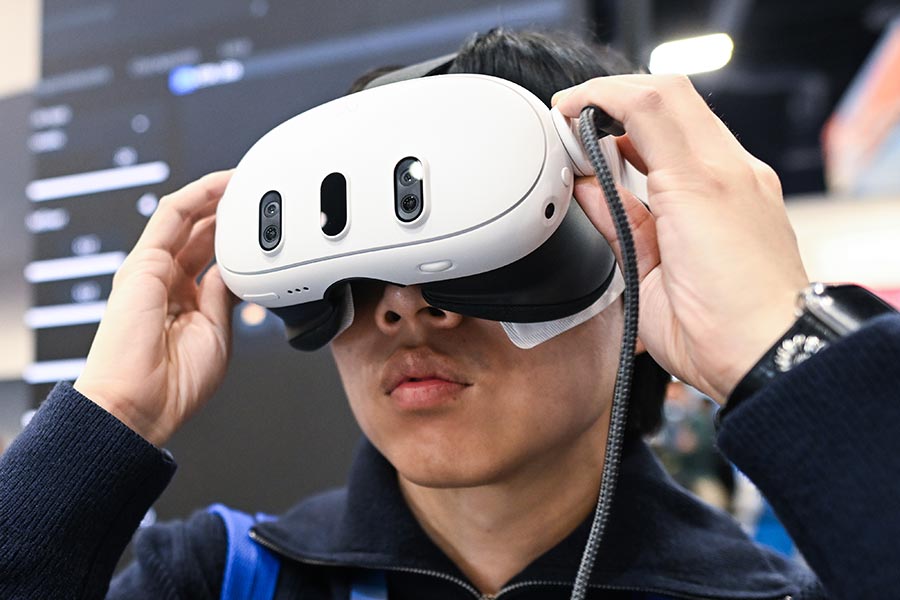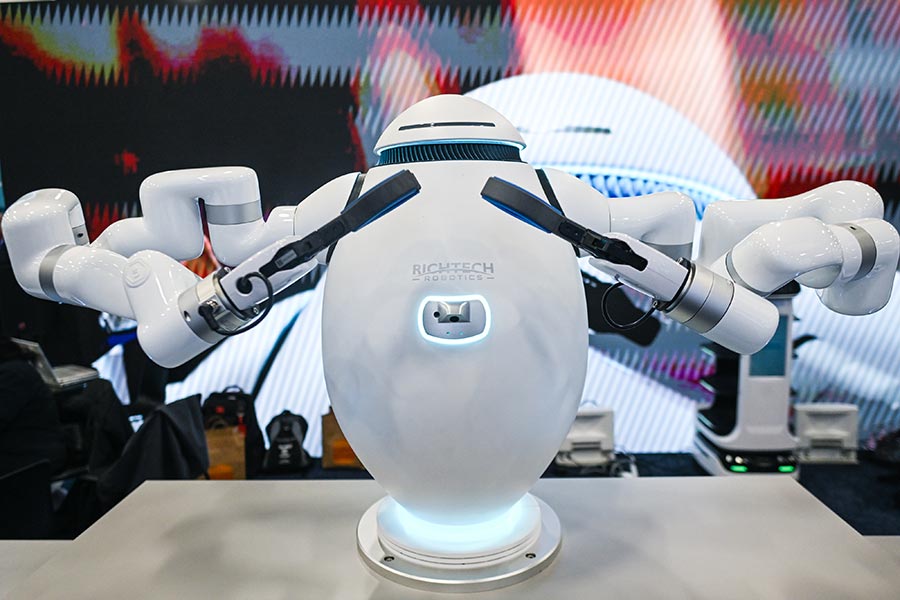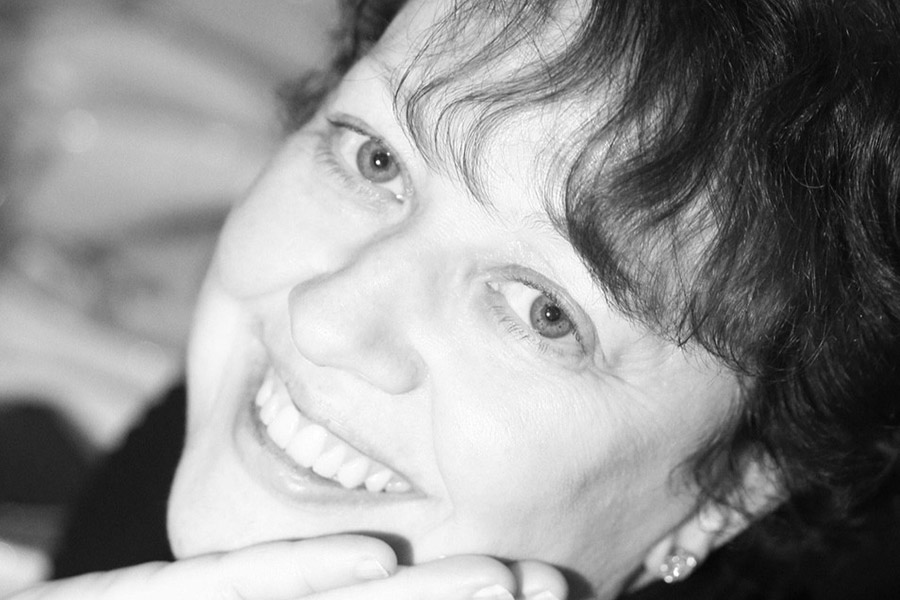Every January, the world’s eyes turn to Las Vegas for CES (Consumer Electronics Show), the largest technology trade show on the planet.
Launched in 1967, it has grown from a modest gathering of 250 exhibitors to a global stage featuring over 4,500 companies showcasing their latest innovations.
With a footprint that extends across industries, CES has evolved from being a consumer-focused event to one that profoundly influences the business world.
Over the years, CES has been the birthplace for game-changing technologies that have transformed industries.
The VCR made its debut at CES in 1970, revolutionising the home entertainment market.
In the 1980s, the compact disc was introduced there, reshaping how businesses distributed music and data.
Fast forward to 2011, when the rise of 4G LTE mobile technology unveiled at CES set the stage for today’s mobile first economy.
This year, several innovations at CES have immediate implications for the business world, including a remarkable innovation from Hewlett-Packard which garnered a Best of CES 2025 Innovation Award.
The HP Z Captis is a groundbreaking digital material capture system developed in collaboration with Adobe.
It enables users to digitise physical materials and surfaces in high resolution, seamlessly integrating them into 3D design workflows through Adobe Substance 3D Sampler.
This innovation has significant importance for the business world, particularly in industries such as architecture, fashion, gaming and manufacturing.
By allowing the rapid digitisation of real-world materials, the HP Z Captis streamlines the design process, reduces the need for physical prototypes and accelerates time-tomarket for new products.
For Irish manufacturers and designers, adopting such technology can lead to more efficient workflows, reduced material waste, and the ability to create more accurate and customisable designs, thereby enhancing competitiveness in the global market.
At CES we also saw how robotaxis have moved from concept to reality, with Waymo and Zoox showcasing fleet-ready solutions.
While it might not directly apply to every business, the concept of automation and streamlining customer experiences offers lessons.
Irish SMEs could explore automation in logistics, last-mile delivery, or even customer service, taking cues from how these companies are leveraging cutting-edge tech to solve everyday challenges.
Customer service itself was a significant theme at CES and startups were leading the way with AI tools that offer businesses real-time customer analytics.
These solutions go beyond CRM systems, providing actionable insights on customer behaviour, helping SMEs personalise marketing strategies and boost retention.
CES also highlights trends in workplace innovation.
Smart desks, advanced collaboration tools and hybrid conferencing setups are being refined with AI and IoT integration.
As remote work remains a key trend, investing in smart workspace solutions can help businesses attract top talent and foster better productivity.
For Irish SMEs, CES is not just a source of inspiration but a reminder of what’s possible when innovation meets execution.

The event highlights the importance of thinking beyond immediate needs and imagining where your business could be in five or ten years.
As 2025 unfolds, the technologies showcased at CES will influence how businesses operate globally.
For those willing to adapt, experiment and innovate, the future isn’t just bright — it’s transformative.
Photo: A robot bartender by Richtech Robotics seen during a demonstration at CES 2025 in Las Vegas, Nevada, USA, on January 9, 2025. (Photo by Artur Widak/NurPhoto via Getty Images)









